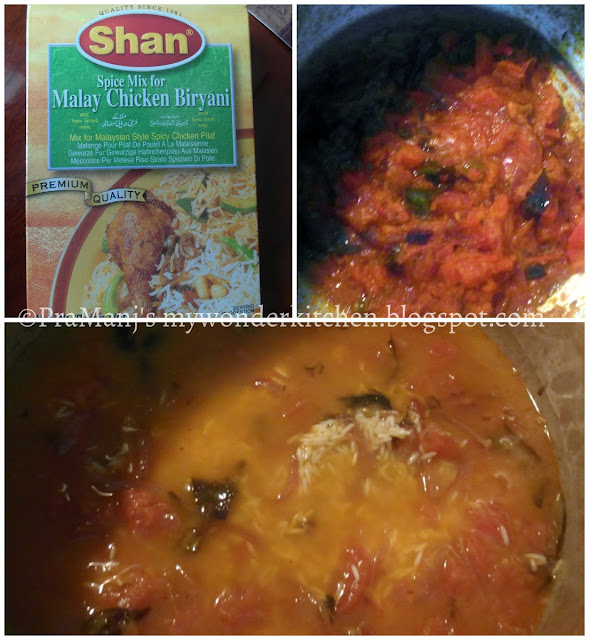Raise Your Cooking with the Power of Pressure Cookers
Raise Your Cooking with the Power of Pressure Cookers
Blog Article

Pressure cookers have actually been a staple in kitchens around the globe for years, and for a great reason. They provide a hassle-free and efficient way to prepare delicious dishes in a portion of the moment it would certainly take with conventional cooking approaches. Whether you're an experienced chef or a novice in the cooking area, this utmost guide to making use of a pressure cooker will help you open its full possibility and reinvent your cooking experience.
Prior to diving into the globe of pressure cooking, it's important to comprehend just how these kitchen devices work. Pressure cookers deal with a simple principle: they develop a closed setting in which pressure develops up, elevating the boiling point of water and permitting food to cook much faster. Right here's a failure of the essential parts:
Lid: The pressure cooker's cover locks firmly in location, making sure a tight seal.
Security Valve: The safety and security valve releases excess pressure to avoid crashes.
Pressure Regulator: This device preserves the preferred pressure degree throughout food preparation.
Gasket (Sealing Ring): A rubber or silicone ring that seals the cooker's lid to the pot.
Pressure Indicator: A visual sign that reveals when the cooker is under pressure.
There are 2 main types of pressure cookers: stovetop and electric. Stovetop pressure cookers are put straight on your cooktop, while electric pressure cookers (like the prominent Instant Pot) are standalone home appliances. When selecting a pressure cooker, think about aspects like dimension, product, and attributes. Stainless steel pressure cookers are durable and resist staining, making them a popular choice, while aluminum choices are much more affordable.
Security is extremely important when making use of a pressure cooker. Adhere to these standards to ensure a secure cooking experience:
Constantly examine the gasket for damage and ensure it's correctly seated prior to use.
Do not overfill the cooker; there ought to suffice space for food to expand.
Never ever open up the lid while the cooker is under pressure; wait for the pressure to release naturally or use the quick-release shutoff.
Maintain the pressure cooker's safety valve and steam vent tidy and devoid of blockages.
Use care when handling warm vapor, and prevent putting your face or hands near the steam vent.
Pressure cooking can be frightening in the beginning, however with practice, you can become a pro. Below are some important methods to assist you get going:
Sautéing: Many pressure cookers have a sauté feature, enabling you to brown meat and sauté veggies directly in the pot before pressure cooking.
Fluid Ratio: Use the ideal amount of fluid; normally, a minimum of 1 mug of fluid is required for pressure food preparation.
Layering Ingredients: Layering components with dense items under and quick-cooking products on leading guarantees also cooking.
Readjusting Cooking Time: Different foods need different cooking times. Refer to a pressure food preparation chart for support or follow your recipe.
All-natural and Quick Release: Understand when to utilize all-natural release (permitting the pressure to drop by itself) or quick launch (utilizing the pressure release valve) based upon your recipe.
Pressure cookers operate at different pressure degrees, more info normally determined in extra pounds per square inch (psi). A lot of recipes are created for either low pressure (around 8-10 psi) or high pressure (around 12-15 psi). Food preparation times vary appropriately. Here are some basic standards:
High Pressure: Ideal for many dishes, reducing cooking times by 30-50%.
Low Pressure: Suitable for fragile foods like fish and specific veggies.
Readjusting Time: As a rule of thumb, for each 1,000 feet over sea level, boost food preparation time by 5% when using a pressure cooker.
To assure the longevity, safety, and ideal efficiency of your pressure cooker, it's necessary to adhere to proper care and maintenance treatments. Below are some helpful suggestions to remember:
Tidy the cooker thoroughly after each use to stop food deposit accumulation.
Eliminate and wash the gasket, security valve, and heavy steam vent after every usage.
Examine the safety and security shutoff and pressure indication for obstructions or damages.
Store the pressure cooker with the lid upside down to allow air circulation.
Change the gasket periodically to maintain an impermeable seal.
Now that you've mastered the basics, it's time to discover some scrumptious pressure cooker dishes. Right here are a couple of to get you started:
Beef Stew: A traditional home cooking made quickly and tenderly in the pressure cooker.
Chicken Curry: Create a savory and fragrant curry in a fraction of the moment.
Risotto: Achieve a luscious and fanciful risotto without continuous mixing.
Chili: Whip up a hearty and spicy dish of chili in a snap.
Verdict
The pressure cooker is a multi-purpose cooking area gizmo that has the capability to transform your food preparation approaches. By realizing its standard concepts, grasping key skills, and sticking to security precautions, you can let loose the complete capabilities of this gadget. Through some test and error, you will certainly understand that the pressure cooker is not simply a time-efficient device, yet also a transformative element in the world of tasty cuisine. Therefore, do not think twice to venture right into brand-new dishes and welcome the ease and taste that pressure cooking brings. Have a fascinating food preparation experience!